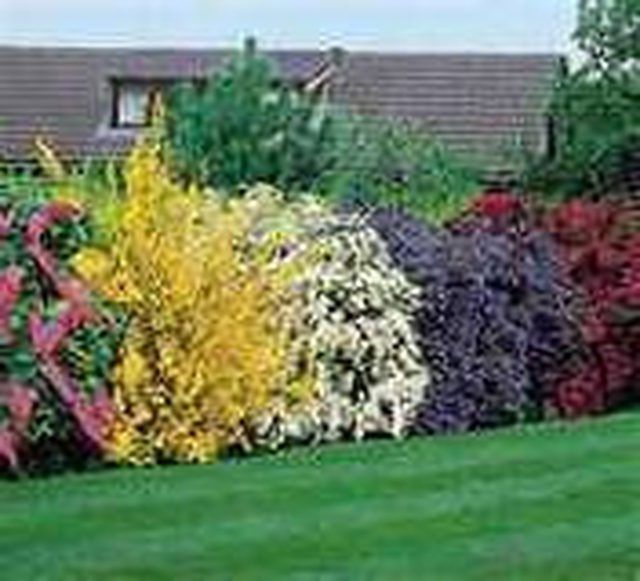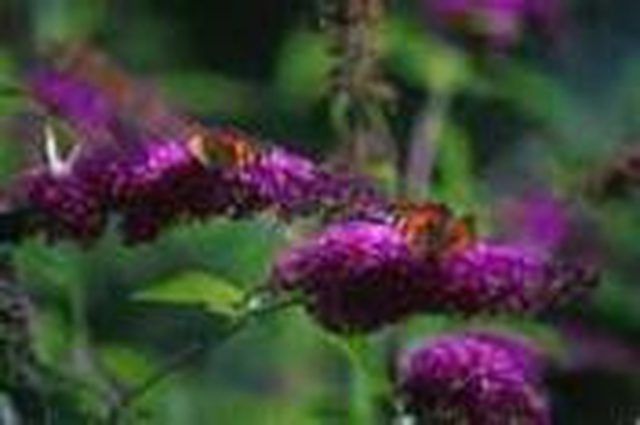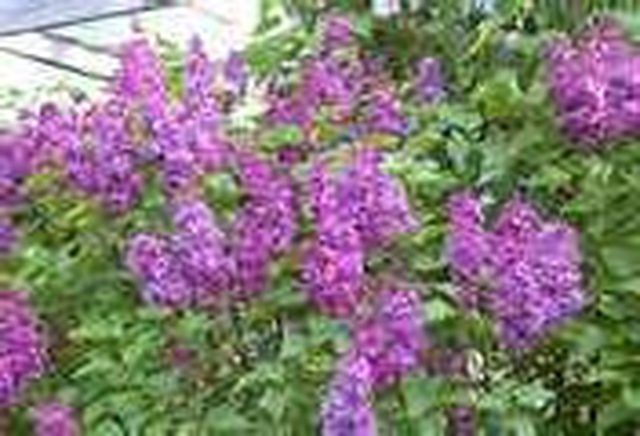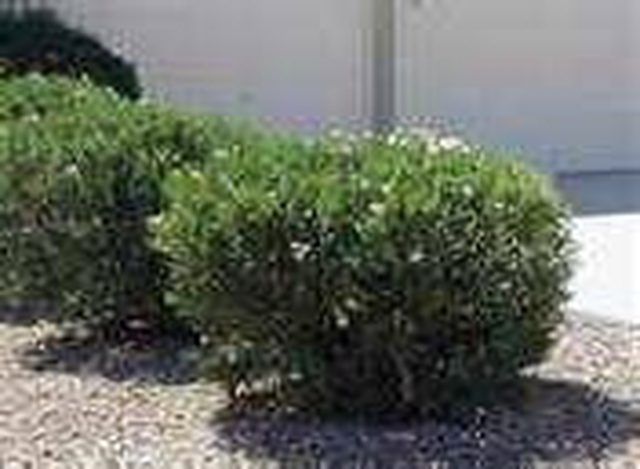Bulbs
Flower Basics
Flower Beds & Specialty Gardens
Flower Garden
Garden Furniture
Garden Gnomes
Garden Seeds
Garden Sheds
Garden Statues
Garden Tools & Supplies
Gardening Basics
Green & Organic
Groundcovers & Vines
Growing Annuals
Growing Basil
Growing Beans
Growing Berries
Growing Blueberries
Growing Cactus
Growing Corn
Growing Cotton
Growing Edibles
Growing Flowers
Growing Garlic
Growing Grapes
Growing Grass
Growing Herbs
Growing Jasmine
Growing Mint
Growing Mushrooms
Orchids
Growing Peanuts
Growing Perennials
Growing Plants
Growing Rosemary
Growing Roses
Growing Strawberries
Growing Sunflowers
Growing Thyme
Growing Tomatoes
Growing Tulips
Growing Vegetables
Herb Basics
Herb Garden
Indoor Growing
Landscaping Basics
Landscaping Patios
Landscaping Plants
Landscaping Shrubs
Landscaping Trees
Landscaping Walks & Pathways
Lawn Basics
Lawn Maintenance
Lawn Mowers
Lawn Ornaments
Lawn Planting
Lawn Tools
Outdoor Growing
Overall Landscape Planning
Pests, Weeds & Problems
Plant Basics
Rock Garden
Rose Garden
Shrubs
Soil
Specialty Gardens
Trees
Vegetable Garden
Yard Maintenance
How to Identify Flowering Shrubs
How to Identify Flowering Shrubs. There are many different types of flowering shrubs, and they can easily be identified by looking at the foliage and bark. Colors will also come into play when identifying flowering shrubs. Be sure to plant the shrubs according to color and seasonal blooming. It's also pretty to plant some shrubs as a complement to...
There are many different types of flowering shrubs, and they can easily be identified by looking at the foliage and bark. Colors will also come into play when identifying flowering shrubs. Be sure to plant the shrubs according to color and seasonal blooming. It's also pretty to plant some shrubs as a complement to flowers in a flower bed.

Step 1
Identify azaleas by the vibrant flowers that cluster. The foliage stays green all year and blooms in the spring. The flowers are tubelike and come in many different colors. Azalea bushes also get very large, enabling the user to plant them as privacy hedges and to cover home foundations.

Step 2
See the butterflies flock to the butterfly bush. This small bush has colorful flowers that bloom in a cone shape, and butterflies love the nectar from these flowers. The cone-shaped flowers also look like butterflies in the wind.

Step 3
Spot a lilac bush by the fragrant purple, red or white flowers that bloom on the sprig. The flowers are small, and in small clusters, which creates a large group of flowers along the end of the stem. The flowers bloom in late spring and continue until mid- to late June. The lilac bush can either be trimmed to stay smaller or pruned to grow into trees. The scent of the lilac bush can be smelled from a long distance, and is so strong that it is used often in perfumes and incense.

Step 4
Identify oleander bushes by the large showy flowers in vibrant colors in the spring. The flowers also have a fairly long tube with flower petals up to 1 inch long. The oleander bush is preferred for its ease of pruning into shapes or use as a privacy hedge when allowed to grow large. The oleander stays green throughout the year; however, this plant can be toxic if ingested, so is not recommended for households with pets or children.
